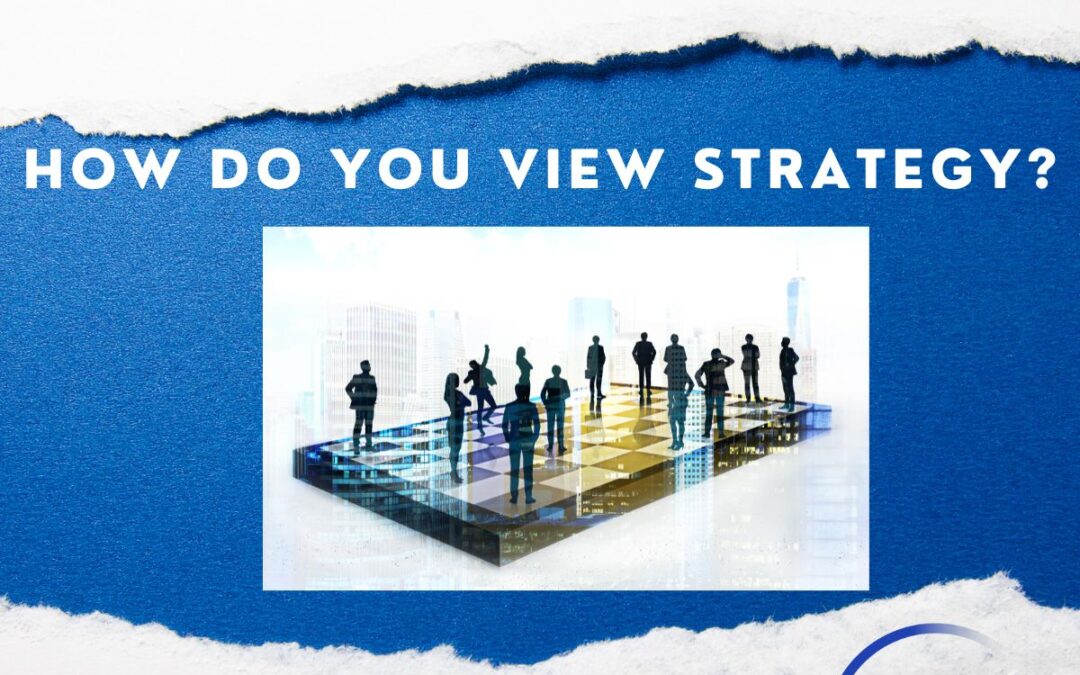How do you view strategy? Unavoidable, or a game that gets you motivated and anchored in competitiveness? Do you tend to zero in on the problem and try to come up with solutions, or do you take a bird’s eye approach to the problem and look at all the variables that might be involved?
Strategic leadership thinking is invaluable for driving organizational success. Yet, many leaders struggle with common pitfalls that hinder their ability to look at strategic challenges effectively. This article presents a fresh perspective on strategic leadership, first by understanding the pitfalls and what not to do, then by offering actionable insights to overcome obstacles and achieve sustainable growth.
Avoiding the Trap of Past Success
Benchmarking. We have all heard about it, and most of us rely on it. However, it can be a prevalent pitfall in strategic planning to rely too heavily on past achievements. While past successes and data analysis can provide valuable lessons, clinging rigidly to possible outdated strategies can stifle creative innovation and slow progress. Leaders must learn to embrace a mindset of continual evolution and growth to come up with unique solutions to unique problems to drive business growth.
Staying Ahead of Market Trends
Technology. Processes. Social Media. Consumer Behavior. Staying alert and on top of emerging trends and shifts is essential for maintaining competitiveness. However, some leaders fall into the trap of neglecting this type of analysis, putting their organizations at a competitive risk disadvantage. By prioritizing, staying informed and continually monitoring industry shifts and trends, leaders can adapt their strategies and ensure their organizations remain agile and ahead of the curve.
Promoting Collaborative Communication
This is a big problem for most leaders! Effective strategy execution hinges on cross-functional alignment and collaboration across various departments and teams. Siloed thinking and competing departmental agendas can hinder progress and undermine strategic initiatives. Leaders must break down organizational barriers and foster a culture of cooperation to ensure that everyone is working towards shared goals and objectives.
So how can leaders learn to embrace effective solutions to increase strategic thinking challenges? Start with these.
Team Problem Solving
To avoid the ruts associated with relying too heavily on past achievements, leaders should encourage a culture of continuous improvement and innovation. Rather than unilateral decision making, leaders should encourage experimentation and exploration of new ideas. By holding creative brainstorming sessions and encouraging employees to challenge the status quo, problem solving is often not only effective, but efficient as well. This approach not only allows for greater communication and responsiveness, but also leads to a culture of learning and adaptation. After all, we have all heard that age old saying, ‘Two heads are often better than one.’
Staying Fluid and Flexible
If your organization or business falls short in agility and adaptability, leaders should focus on building a diverse and multidisciplinary workforce. By assembling teams with a range of perspectives, skills, and experiences, organizations can tap into a multitude of creative ideas and problem-solving approaches. Leaders should also encourage a culture of open communication and collaboration, where team members feel empowered to share their insights and contribute to decision-making processes. By harnessing the collective intelligence of their teams, organizations can more effectively respond to changing circumstances and seize new opportunities for growth and innovation.
Approaching Strategy With Research
Strategic leadership thrives on data-driven insights, empowering leaders, and their teams to make informed decisions that are essential for successful direction. By being able to use analytical tools and have data literacy, organizations can unlock valuable insights that drive strategic innovation to help them achieve their goals. This should be a proactive approach and not one that only results in a reactive approach to what competitors are doing. Reactionary often equates to falling behind and missing the mark on valuable insights.
By avoiding common some of the common difficulties mentioned and embracing effective strategy solutions, businesses can chart a formulate both short- and long-term plans and drive their organizations towards sustainable growth. Do you have an example of strategic thinking that worked for you or your business? I’d love to hear from you. Drop it in the comment section below to continue the discussion.
I want to hear from you. How do you view your business strategy? Do you plan monthly, quarterly, and annually? Find me on social media, DM me to continue this conversation and let me know.
#StrategicLeadership #DataDrivenDecisionMaking #BusinessInnovation

